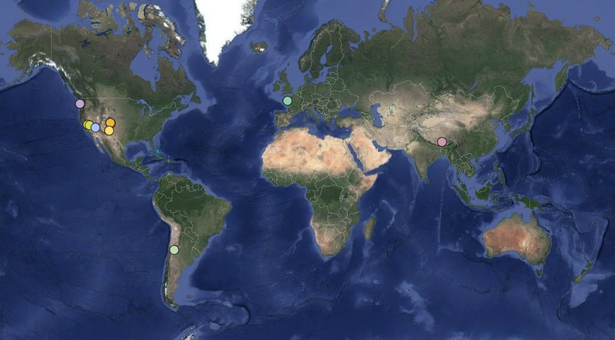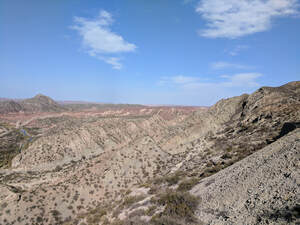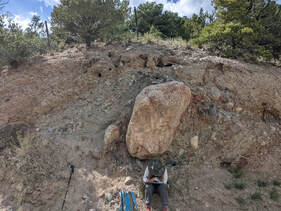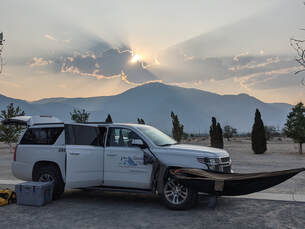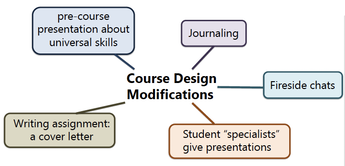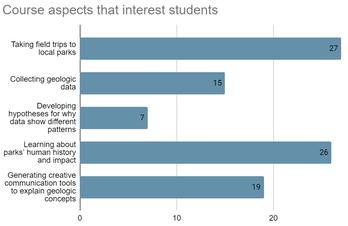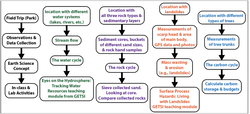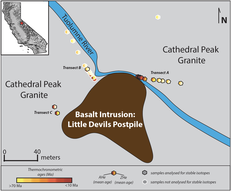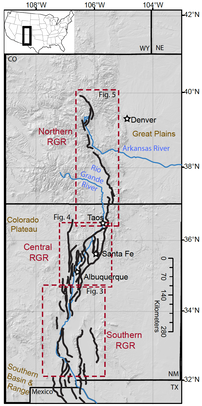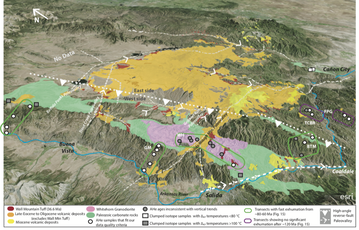Current Research Projects
Past Research Projects
|
Continental Rifting: Rio Grande rift
During my PhD I worked understanding the development of the the Rio Grande rift and addressing the growth debate (synchronous vs propagating rift) using low-T thermochronometry and spatiotemporal analysis of magmatism (N. Niemi).
|
Southern Rocky Mountains, CO
Multidisciplinary work from my PhD revealed differential exhumation in the southern Rockies, during the Laramide Orogeny, insights into paleo-topography during the early Cenozoic, formation of the regional Eocene erosion surface, and evidence for top-down resetting of low-T thermochronometers (N. Niemi, I. Winkelstern, J. Geissman, M. Heizler)
|
